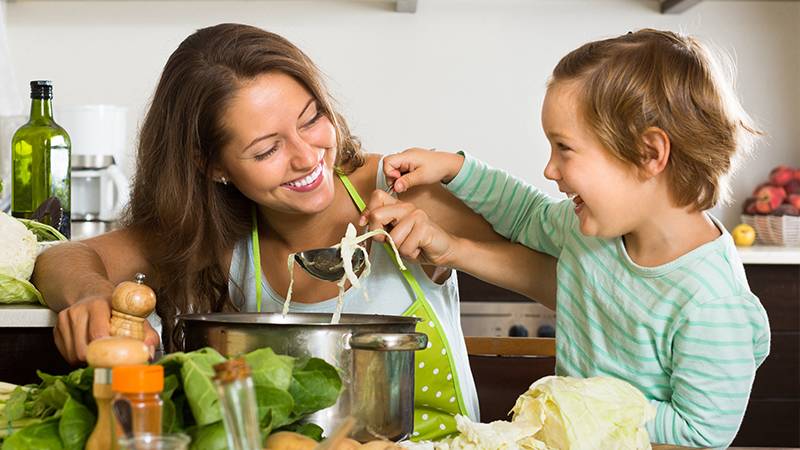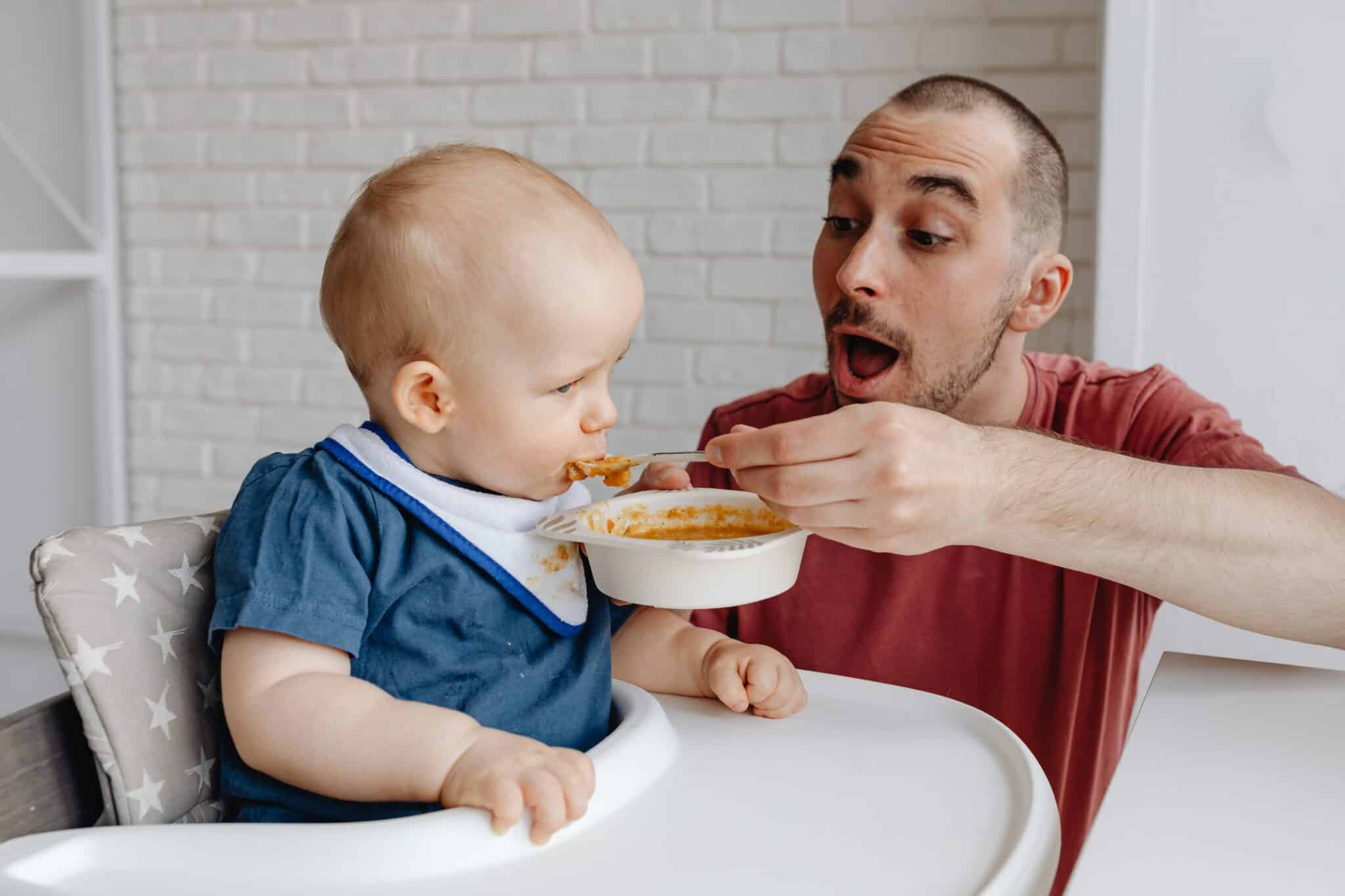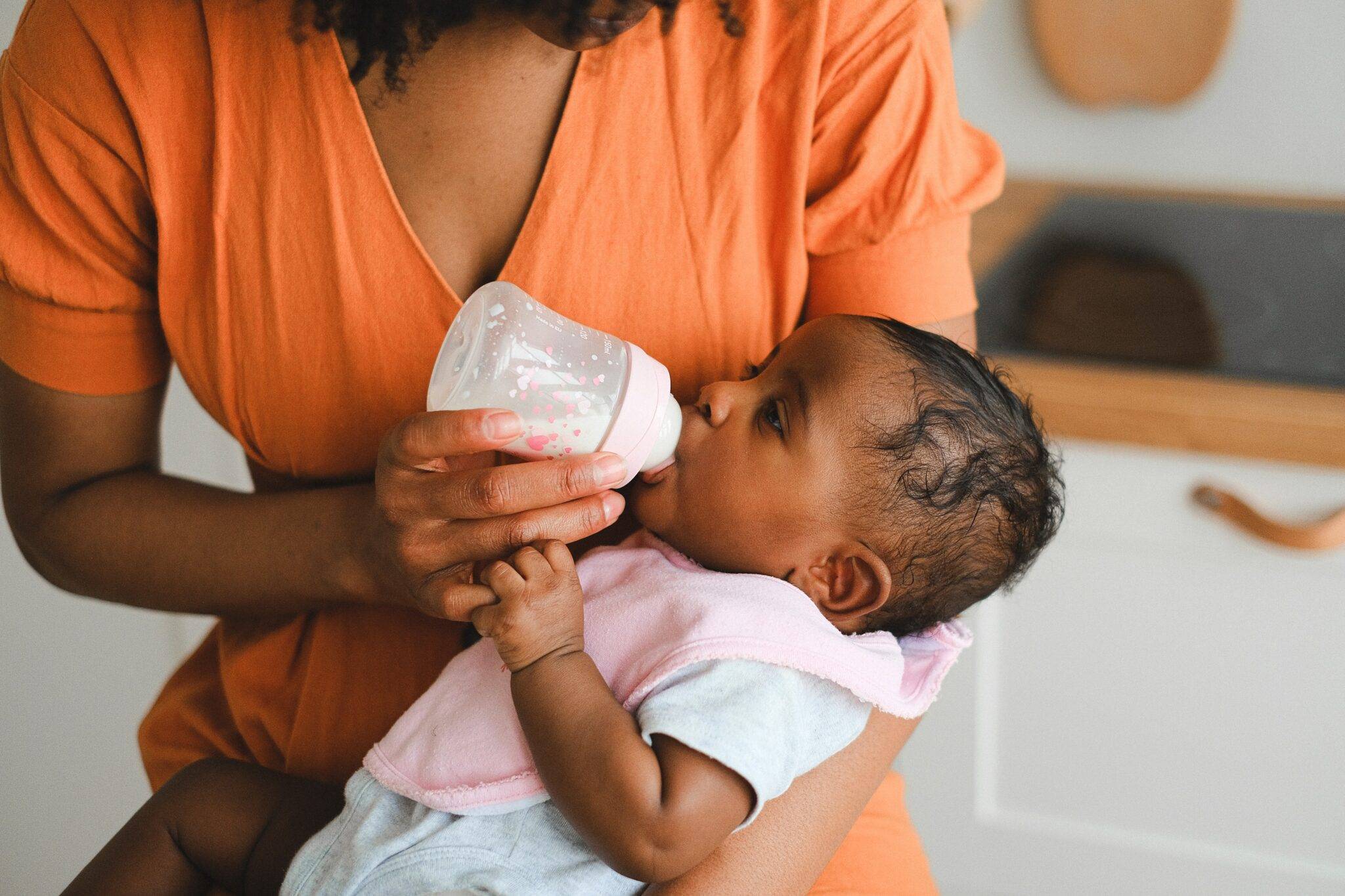Table of Contents
Cooking is not only a valuable skill but also a wonderful learning experience that allows children to develop important life skills while discovering the joy of creating something delicious.
Release the inner chef within your child with these ten recipes your child should know how to cook by now, along with important safety cooking tips.

Beginner-Friendly Recipes for Your Child to Learn
Cooking can be a great learning experience for kids! It allows them to develop important skills while discovering the joy of creating something delicious. From simple sandwiches to flavorful pizzas, here are some beginner-friendly recipes that will ignite your child’s culinary curiosity.
1. Grilled Cheese Sandwich
Start by heating a pan or griddle over medium heat. While waiting, spread butter sparingly on one side of a bread slice. Put sliced cheese between the buttered sides of the bread. Then heat the sandwich until it’s golden brown and the cheese has melted.
Typically, cooking time is 2–3 minutes per side. Turn off the heat when done.
2. Homemade Pizza
Unleash children’s creativity by making pizza. Also, learn the art of kneading dough. Start by preheating the oven to the specified temperature in the pizza dough recipe. Your child learns to create his dough or opts to buy pre-made dough.
Once the kneading is thoroughly done, roll out the dough to its desired shape and thickness. Pizza sauce can then be added, along with sliced veggies and meat deli toppings. Preheat the oven and bake the pizza. Wait until the crust becomes golden brown and the cheese melts.
3. Pancakes
Delight in a favorite breakfast while your child learns to measure ingredients and master the art of flipping pancakes. To begin, the wet and dry ingredients should be mixed in separate bowls. Combine sugar, flour, baking powder, and salt.
In another bowl, whisk eggs, milk, and melted butter. Then, blend the wet and dry ingredients until it displays a good consistency. On medium heat, place the pan or griddle with a few drops of oil. Scoop ¼ cup of batter and carefully pour it into the pan.
You can flip the pancake once bubbles begin to form on the surface. Cook for another minute until golden brown.
4. Fruit Salad
Nurture healthy eating habits by creating a vibrant and refreshing fruit salad. Your child will practice their cutting skills while mixing fruits. Begin by washing and chopping fresh fruits. In a large bowl, combine the fruits, adding a touch of lemon juice or honey for enhanced flavor.
With gentle tossing, ensure the fruits are well mixed. Serve the fruit salad immediately or refrigerate until ready to eat.
5. Spaghetti with Marinara Sauce
Immerse your child in the art of boiling pasta and crafting a simple marinara sauce. Commence by cooking the spaghetti following the package instructions. Drain the cooked pasta and set it aside.
In a saucepan, put olive oil over medium heat. Cook minced garlic for approximately one minute until it becomes aromatic. Tomato paste, canned tomatoes, and dried herbs will then be added. Don’t forget the pepper and salt.
While stirring occasionally, simmer for 15-20 minutes. You can then pour the sauce over the cooked pasta. Finish with grated parmesan cheese toppings.
6. Scrambled Eggs
Equip your child with the knowledge of cooking eggs using a basic scrambled egg recipe. Carefully whisk the eggs in a bowl. In a non-stick skillet on medium heat, use butter or oil to cook the beaten eggs. Wait until the edges start to set.
With a spatula, gently stir the eggs until they’re softly cooked with a slight consistency. Remove the eggs from the pan once they’ve reached their desired consistency.
7. Banana Bread
Transform the process of measuring and baking into an enjoyable experience by baking banana bread with your child. Start by preheating the oven to the specified temperature in the recipe. Mash ripe bananas with a fork. Then add sugar, melted butter, beaten eggs, and vanilla extract.
Ensure everything is well combined. Then mix flour, baking soda, and salt in another bowl. Gradually add it to the banana mixture while stirring until just combined.
Transfer the batter to a greased loaf pan. Bake for the recommended time or until a toothpick comes out clean. The delightful aroma will soon fill your kitchen!
8. Smoothies
Introduce your child to the world of tasty and healthy treats with smoothie-making. They choose their favorite fruits, like berries, bananas, and mangoes. Chop the fruits and put them in a blender. Pour a liquid base like milk, yogurt, or fruit juice.
For added sweetness, include honey or maple syrup. Also, consider putting extra ingredients, such as spinach, chia seeds, or nut butter. Blend the ingredients until you achieve the desired consistency.
Adjust the thickness by adding more liquid if necessary. Finally, pour the smoothies into glasses and savor the refreshing flavors.
9. Tacos
Grant your child the freedom to assemble their tacos with their preferred fillings. They practice their vegetable-cutting skills while exploring different flavors. Cook ground beef or chicken in a skillet over medium heat until it becomes browned and cooked.
Add taco seasoning and mix thoroughly. Then prepare the taco shells or tortillas by warming them in the oven or stovetop. Stuff them with the cooked meat and your choice of toppings, such as shredded cheese, lettuce, tomatoes, and salsa. Serve the tacos while warm. Relish the explosion of flavors!
10. Omelets
Your child embarks on making a delectable omelet! They learn the art of whisking eggs and filling the omelet with an array of ingredients. Whisk eggs, salt, and pepper in a bowl until perfectly combined. Heat the pan over medium heat, adding butter or oil.
Pour the beaten eggs into the skillet and cook until the edges are set, taking approximately one minute. Gently lift the edges with a spatula and tilt the skillet to allow any uncooked eggs to flow underneath.
Add fillings such as cheese, ham, vegetables, or herbs to one side of the omelet. Cook for another minute until the cheese melts, resulting in a scrumptious omelet to relish together.

Safety Cooking Tips For Kids
Cooking is a valuable skill for children to learn. So, it’s good to prioritize their safety in the kitchen to avoid hazards. Ensure that your child has a safe and enjoyable cooking experience with these safety cooking tips:
In case your child suffers from a kitchen injury, seek help from your child’s pediatrician immediately. We at Omega Pediatrics can treat your child’s minor burns and injuries.
1. Keep hands clean at all times.
Let your kids wash their hands before and after handling food. Wash with warm water and soap for at least 20 seconds, removing dirt, bacteria, and other harmful substances that could contaminate food.
2. Wear protective gear and proper clothing.
Use oven mitts or pot holders when handling hot pots, pans, or dishes. These safety tools provide a barrier between your hands and the heat source, preventing burns and potential injuries. Ensure the gears are in good condition to provide effective protection.
When it comes to clothing, avoid wearing loose ones. Loose sleeves and long scarves can accidentally catch fire or get caught in kitchen equipment, leading to injuries and accidents. There should be no hanging fabric that could come into contact with flames or get entangled.
By dressing appropriately, the risk of clothing-related accidents is minimized. Also, by using oven mitts or pot holders, children can confidently handle hot wares, reducing the risk of burns and accidents.
3. Keep an eye out when children use sharp kitchen tools.
An adult should always be on the lookout when your child uses knives or other sharp kitchen tools. Knives and sharp tools require caution and proper handling. Children should always seek adult supervision and guidance when using these tools.
Teach children the correct techniques for cutting and keeping fingers and hands away from the blade. Ensure appropriate tools and supervision to reduce the risk of accidents.
4. Adult supervision at all times.
Never leave the kitchen unattended while cooking. Constant supervision is crucial to prevent accidents such as fires or overcooking. Children should stay in the kitchen and remain focused on their cooking tasks.
If they need to leave temporarily, ensure that the stove or oven is turned off. By promoting responsible cooking habits, children develop a sense of accountability and awareness, minimizing potential hazards.
Also, be cautious around hot stovetops and ovens since these generate intense heat, causing burns if proper precautions are not taken. Maintain a safe distance and avoid leaning over them. Turn off the stove or oven after use to avoid burns and potential fires.
5. The kitchen should always be hazard-free.
Clean up spills immediately to prevent slips and falls. Accidental spills create slippery surfaces, leading to slips and falls. Clean up any spills using a clean cloth or paper towel to ensure the surface is dry and safe.
Additionally, place a “wet floor” sign if necessary. By practicing good housekeeping, children contribute to a safer kitchen environment, minimizing the risk of accidents.
Flammable materials near heat sources pose a significant fire hazard. Keep flammable objects, such as paper towels or curtains, away from stovetops and other heat sources. Ensure these items are kept at a safe distance and maintain a clear workspace.
Release the Inner Master Chef within Your Child
Encouraging your child to engage in activities such as measuring ingredients, kneading dough, and flipping pancakes not only hones their culinary skills but also teaches them important lessons about patience, following instructions, and the joy of creating something from scratch.
Just don’t forget the safety cooking tips provided to ensure that your child has a safe and enjoyable cooking experience!
What are some beginner-friendly recipes for kids to learn?
Some beginner-friendly recipes include grilled cheese sandwiches, homemade pizza, pancakes, fruit salad, spaghetti with marinara sauce, scrambled eggs, banana bread, smoothies, tacos, and omelets.
How can kids make a grilled cheese sandwich?
Kids can make a grilled cheese sandwich by spreading butter on one side of bread, placing sliced cheese between the buttered sides, and heating the sandwich on a pan until golden brown and the cheese melts.
What safety precautions should kids take while cooking?
Kids should wash their hands before and after handling food, wear protective gear like oven mitts, avoid loose clothing near flames, use caution with sharp kitchen tools under adult supervision, and ensure the kitchen is hazard-free by cleaning up spills promptly.
How can kids make homemade pizza?
Kids can make homemade pizza by preheating the oven, rolling out pizza dough, adding sauce, toppings, and cheese, then baking until the crust is golden brown and the cheese melts.
What are some important tips for kids cooking in the kitchen?
Important tips include always having adult supervision, being cautious around sharp tools, keeping the kitchen clean and hazard-free, and following safety guidelines such as wearing protective gear and washing hands frequently.



